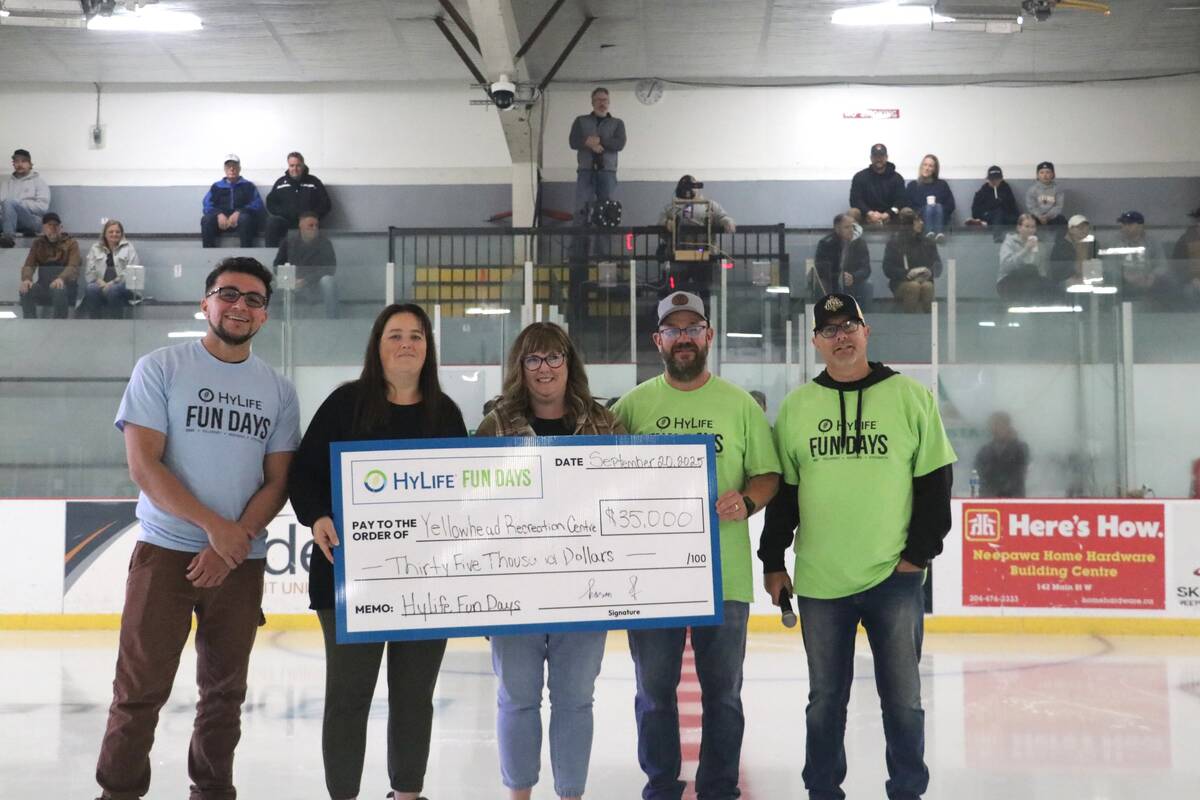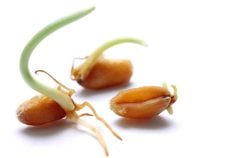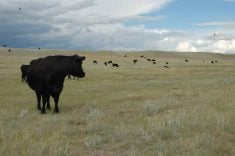What do you get when you cross a goat and a spider?
A bulletproof vest.
This crazy riddle is actually becoming a reality, as Nexia Biotechnology Inc. works to combine the gene of a spider with the cell of a goat to produce a product called BioSteel.
The silk that spiders use to make threads is possibly the strongest material on Earth. However, raising spiders to get mass quantities of the silk isn’t practical, because they are territorial creatures that kill each other if raised together.
Read Also

Manitoba community projects get support from HyLife
HyLife Fun Days 2025 donated $35,000 each to recreation and housing projects in Killarney, Steinach and Neepawa earlier this fall.
Instead, Nexia is removing spider genes that produce milk, injecting them into goat ova, and implanting them into “surrogate mother” goats. When the new goat is born, it will contain the silk gene in its mammary gland and produce the spider protein in its milk.
It sounds like science fiction, but Jeff Turner, president of Nexia, insists it’s not as strange as it sounds.
“In agriculture, we’ve been making fibre for years, like sheep’s wool. This really isn’t that different.”
When the goats with the new gene produce milk, the liquid protein is extracted, purified and treated with chemicals that transform it into solid fibres.
The Montreal-based company first applied the technology to mice, and it worked. The next step was to try the experiment with dairy animals, a logical choice because they have a large number of mammary cells.
Nexia is using a special breed of goats for the project. They are only 22 inches high, are sexually active all year, and breed and lactate earlier than other breeds.
Turner said there are many applications for the material, and each relies on a different property of the silk.
“Take bullet proof vests. They protect, but they’re very heavy and bulky. BioSteel is lightweight, flexible, and has incredible strength.”
NASA has contacted Nexia to begin work on creating stronger and lighter materials. Turner said it has been asked to create a 100 kilometre cable to hold a robot that would help launch satellites into orbit.
The material that could be formed into a cable strong enough to hold back a jumbo jet also has applications in medicine.
“If you cut your eye and need stitches, you want something that lets you go in and fix the trauma, and you don’t want to go in and take those stitches out,” Turner said.
Medicine and cosmetics
BioSteel could be used to create flexible, biodegradable thread for stitches, artificial tendons and absorbable bandages. As well, its silky properties could make it a good replacement for silkworm silk in cosmetics.
Nexia is also working on harnessing the protein for use in pharmaceuticals. A product called NEX 41 is in the works, but Turner said he could not elaborate.
The first goats containing the gene are being born on Nexia’s 100-acre farm outside Montreal.
Turner said the goal for the end of 2000 is to have those goats lactating and making BioSteel. Nexia plans to build a large-scale purification plant within two years.
Turner said he knows biotechnology has been criticized, and said people have expressed concerns about the goat project.
“What people need to see is we’re really going back to nature here.”
He says the project is safe. The goats are raised using traditional dairy practices, and no one will be drinking the altered milk.
Also, he says this project shows how it is possible to go back to nature to create new products, rather than relying on artificial processes.
“A spider doesn’t have to drill for oil to spin a web. Why should we?
“Halleluia, we’re going back to the farm.”














